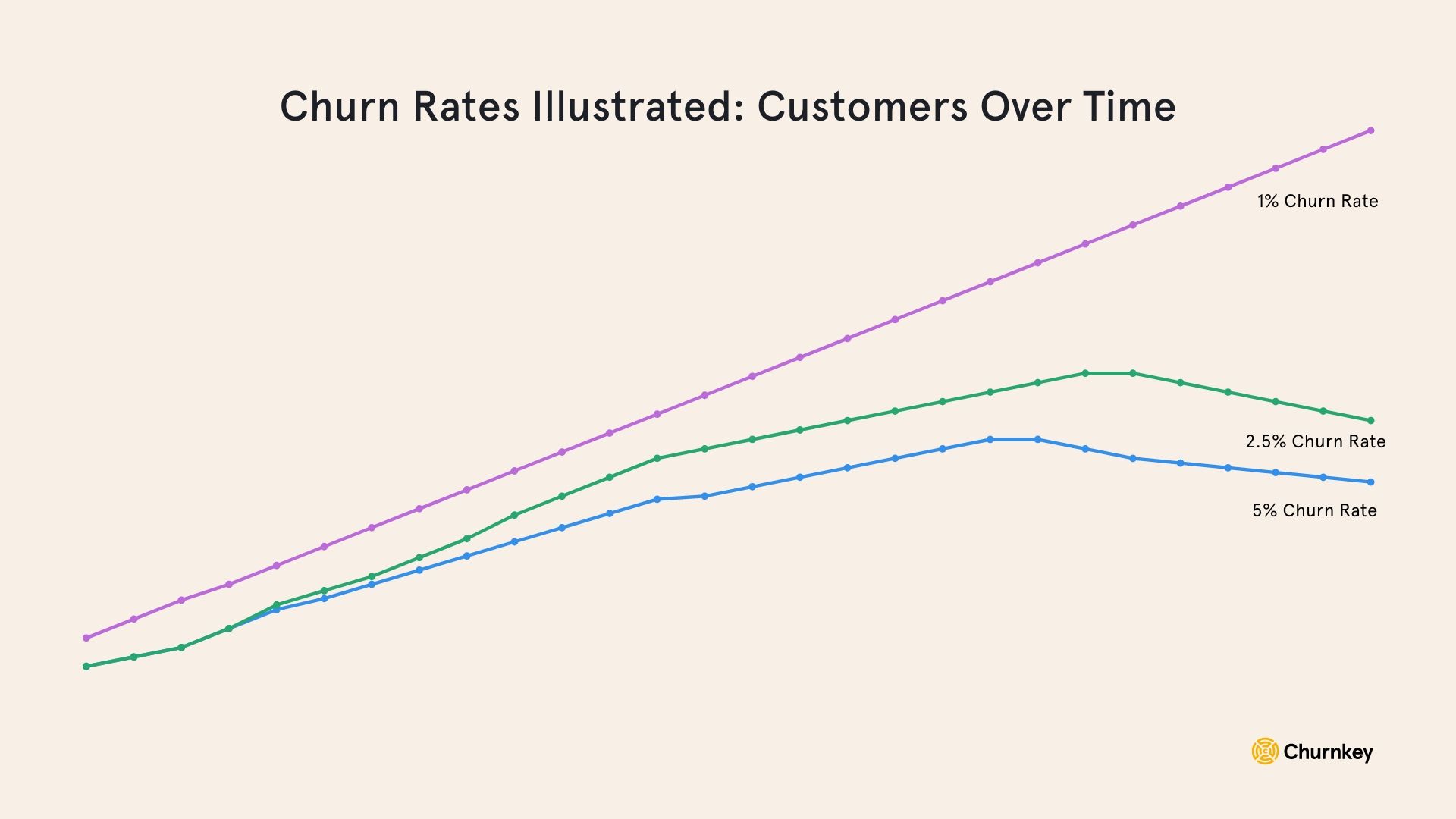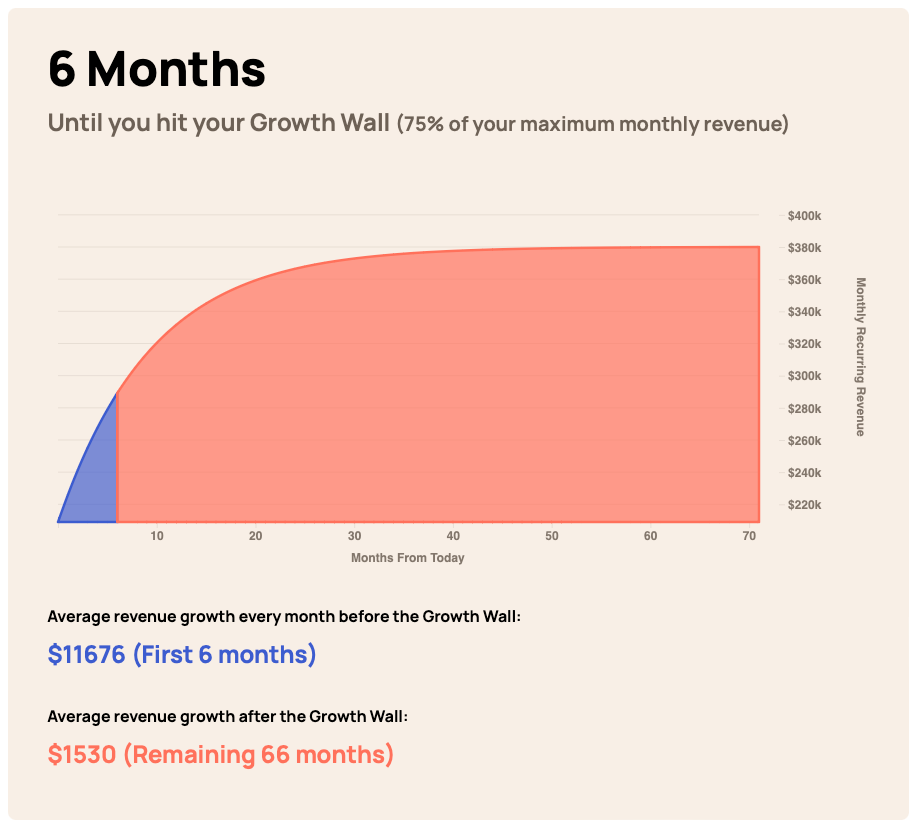The Guide to Churn Management: Improving Retention, Keep Customers Happy, Staying Sane

Maintaining robust customer retention with a proactive churn management system is crucial for building a healthy subscription business.
But in terms of priority, it can be easy to let churn slip. You know why: unleashing customer acquisition projects and optimizing growth channels is difficult enough. And when new customer acquisition is going well, focusing on churn can seem antithetical.
Churn management identifies customers with a higher propensity to cancel their subscription—based on a variety of factors like price point, activation progression, cancel reasons, customer segment, seasonality, and more—and proactively engages them before they cancel or their payments fail.
Ultimately, churn management is an organizational forcing function. It'll encourage your team to address customer retention pitfalls before they ever become a problem, understand your customer segments more deeply, and spark conversations about who your best customers are.
Why is proactive churn management important?

We all love customer acquisition, even to a fault. But acquiring new customers will always be more expensive than both retaining and upgrading your current customer base.
And if you fail to address churn before it becomes a glaring problem (say, if churn creeps into the double digits), you've already capped the long-term growth potential of your business.
To highlight the value of customer retention, let's take a brief moment to talk customer acquisition costs. CAC eats away at your company’s revenue. Even a 1% improvement in your CAC can result in a 3.32% increase in your bottom line.
That's why proactive churn management is so important. By simply focusing more on customer retention that customer acquisition (and spending more money on the former than the latter), you can create a positive feedback loop that reduces your overall churn and improves profitability.
Avoiding the Growth Wall
We also like to cast this in terms of ultimate revenue potential. Consider a hypothetical business called SienarCast, which:
- has 10,000 customers
- adds 2,000 customers per month
- makes of average of $19 per user
- has a monthly churn rate of 10%
With that churn rate, SienarCast will hit the dreaded Growth Wall around six months.

Now, let's cut that churn rate in half to 5%. Suddenly, SinearCast's MRR growth is extended out to 21 months👇

Of course, reducing customer churn is easier said than done. It’s not always intuitive, and there’s no one-size-fits-all solution. In order to effectively prevent churn, you need to have a complete, well-rounded understanding of what's dragging down your retention.
How to be proactive about churn management
It's about having a framework. An approach, a mental model. Because while you can argue with your team about tactics, we're here to set you up with manageable processes that will keep you sane.
1. Set realistic goals
"Reduce churn by 90% by Q3."
Stop. That's just crazy talk. Reduce churn by setting realistic, measurable, and time-bound targets.
Here’s an example of a reasonable organizational goal: “Reduce churn rate by 10% within the next three months.” A goal like this checks all the boxes — realistic, measurable, time-bound.
2. Understand your churn
Every SaaS company’s churn problem is different. There are so many different nuanced reasons behind churn, which is why it’s essential to spend time understanding your specific causes of churn. After all, understanding why your customers are churning is the only way to craft churn reduction strategies that will actually work for your company. If you can institute strong, effective churn reduction strategies, you have the chance to actually stop churn before it ever happens. And what’s more proactive than stopping churn that hasn’t even happened yet?
In order to understand your churn, you’ll need to examine customer cohorts and comb through your cancellation insights. Subscription metrics can help you keep a finger on the pulse of your business and understand the top reasons why customers a leaving your product. Data like this is invaluable when it comes to churn management.
To fully understand your churn, you’ll also want to pull information directly from your customers. After all, who knows better what issues they’re having with your product? In order to collect data from customers, you can survey them, make it easy for them to reach out to you with questions, and mine customer service interactions. You can then use that data to identify patterns and even identify at-risk customers, enabling you to save them before they churn
3. Have an honest conversation about problematic product areas
If you want to identify those at-risk customers and stop churn before it happens, then it’s important to identify and address red flags — the signs that indicate there’s a growing problem within your product. One of the best ways to identify overarching trends and red flags within your customer base is by using customer segmentation to group users by traits or behaviors.
For instance, you could identify and track users who aren’t regularly using your product — a definite red flag. Some other red flags signifying a higher churn potential are reduced NPS, an increase in customer tickets, lower customer satisfaction, more late or failed payments, etc.
4. Prioritize low-effort, high-effect efforts
Once you’ve gotten a handle on your churn and identified customers who are at risk of churning, it’s time to brainstorm some churn management tactics. Start by prioritizing customers who can likely be saved and those that are most valuable to your bottom line. If you focus on customers who will most likely end up churning anyway, then you’ve wasted your time. If you’re seeing churn with both free and paid users, then your efforts are probably best spent (at least initially) on saving the ones who are paying you.
After identifying which customers you should focus on first, try to brainstorm some churn management strategies that will address the problems those specific customers are having or the reasons why you’re seeing those segments of customers churn.
Depending on the type of churn you’re dealing with, here are some strategies you might add to your list:
- Reconsider your pricing model
- Improve the onboarding experience
- Use targeted discounts
- Offers subscription pauses and free trial extensions
- Build personalized cancellation flows
- Focus on failed payment recovery
5. Test churn management tactics
Now that you’ve brainstormed some churn management tactics, it’s time to put them into action. To begin, try to prioritize high-impact, low-effort ideas first. These are the strategies from your brainstorming session that will require little up-front effort and are most likely to yield impactful results.
For instance, if you’ve identified failed payments as an issue for your SaaS company and payment recovery was on your list of strategies, that can be a good place to start. With Churnkey, you can recover up to 89% of failed payments automatically, allowing you to impact your churn rates quickly and easily.
No matter what strategies you start with, make sure you track your results. By staying on top of your metrics, you can see which strategies are making a difference and which aren’t.
6. Don’t stop
The truth is, churn is part of the long-game for SaaS companies. You can’t stop just because you’re seeing improvement, and you definitely can’t stop if you’re not yet getting the results you want. Every time you hypothesize a potential churn management strategy, put it into action, and test the results, you’re learning more and more about the unique method of churn management that works for your company.
One of the most important things you can acknowledge is that churn management is a marathon, not a sprint. In order to improve the health of your company and scale long-term, you’ll always need to have a focus on churn management. That’s why we created Churnkey…
We’ll help you build a bigger business by keeping more customers. When you use Churnkey, you’ll start reducing cancellations and recovering failed payments the second you go live. Watch in real-time as we tackle your churn problem and analyze valuable customer feedback.
Find out more with a demo or start combating churn now with a free trial.



